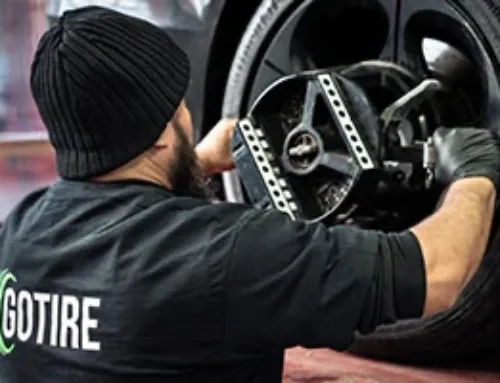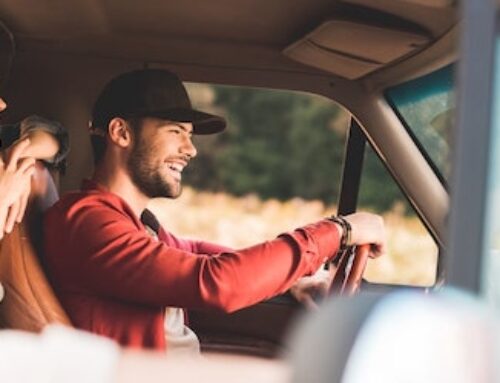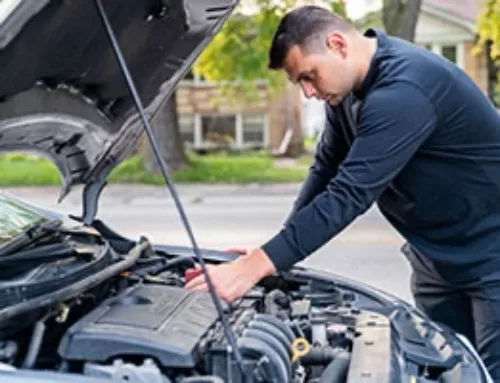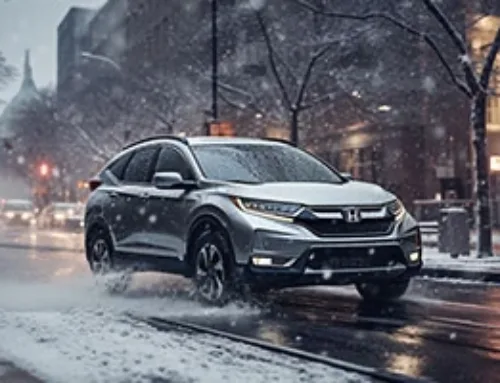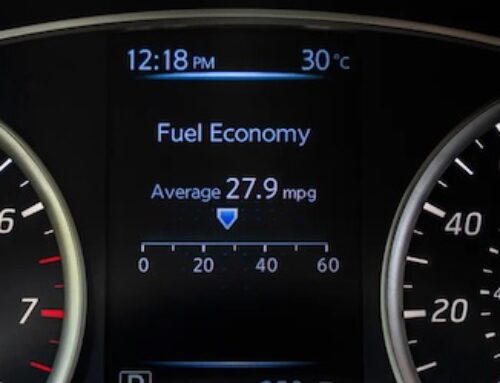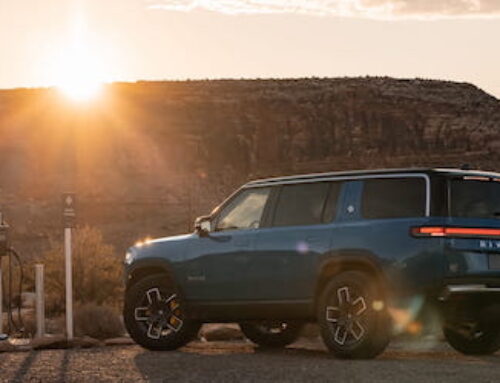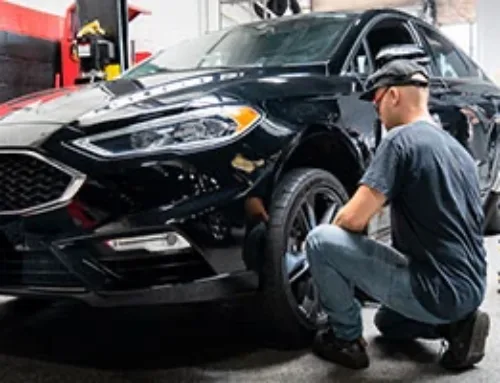Table of Contents
What are some of the items you have in your car right now? Do you have any car essentials that could help you out in case of a flat tire, dead battery, severe winter weather, etc.? Whether it be for safety, emergencies, comfort, or just for fun, there are at least 10 items you should have in your car. We’ve compiled a list of things to keep in your car, such as a spare tire, a first aid kit, jumper cables, etc., plus a few extras that aren’t as necessary, but you might be glad you brought them anyway.
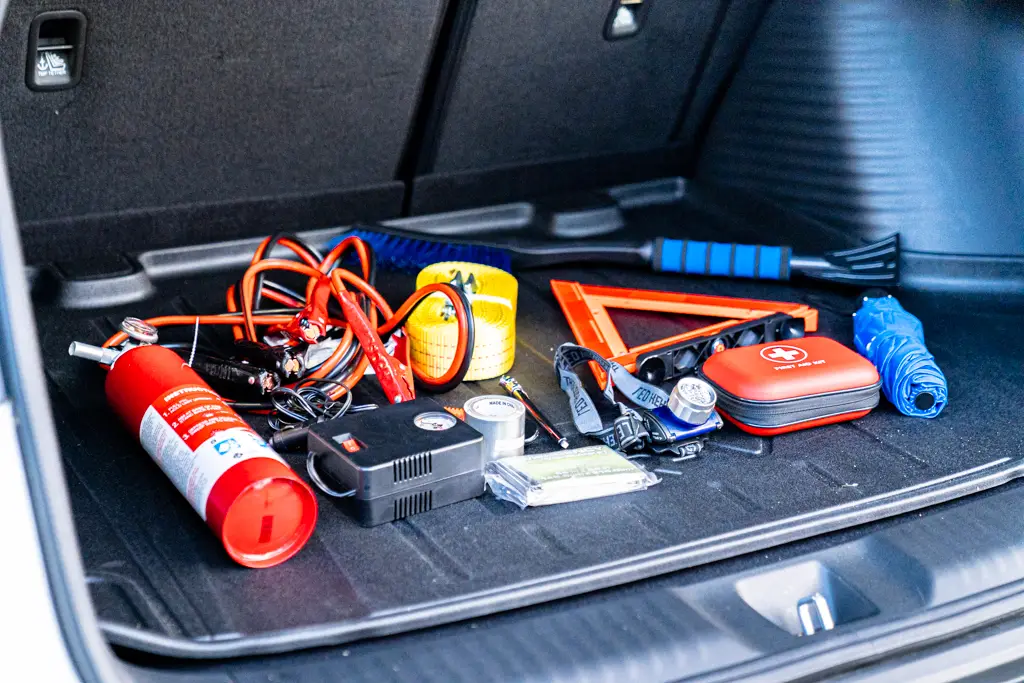
We don’t realize what items we need to have in our car… until we need them
Most of the items on this list are to help you in the case of emergencies, and when it comes to lugging this stuff around, it’s better to be safe than sorry. I never suspected that my 1992 Saturn Twin Cam (lime green, 2 door… I was cool once) would suddenly up and die on me while winding through the mountains in winter, but luckily I was somewhat prepared.
But I learned from that experience, and I’m going to share with you some of the things I had and some of the things I wish I had.
Dealing with mechanical issues
1. Spare tire set (including tire jack and tire iron)
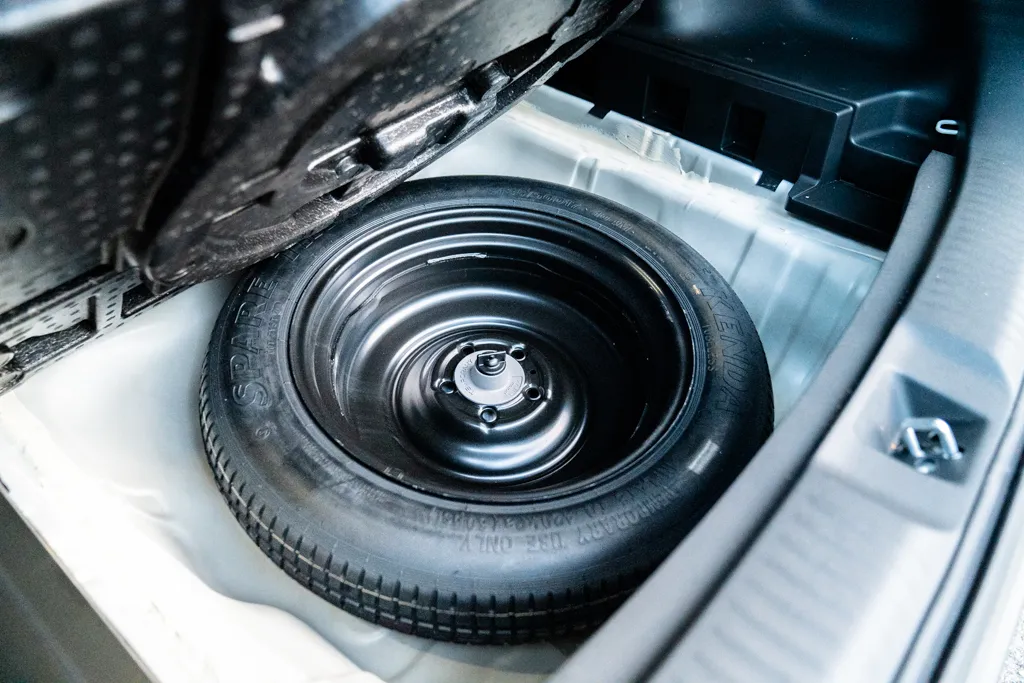
Changing a flat tire is like a right of passage for a car owner; we’ve all been there. Plus, you don’t want to be stranded on the side of the road waiting for AAA to come rescue you.
Most cars come equipped with a spare tire (or sometimes a small temporary tire called a donut), a tire jack, and a tire iron or lug wrench. All of these items should be in the trunk, typically under the rug, for easy access.
Pro tip: check on the spare tire every once in a while to make sure it still has adequate tire pressure.
2. Jump-start power pack or jumper cables
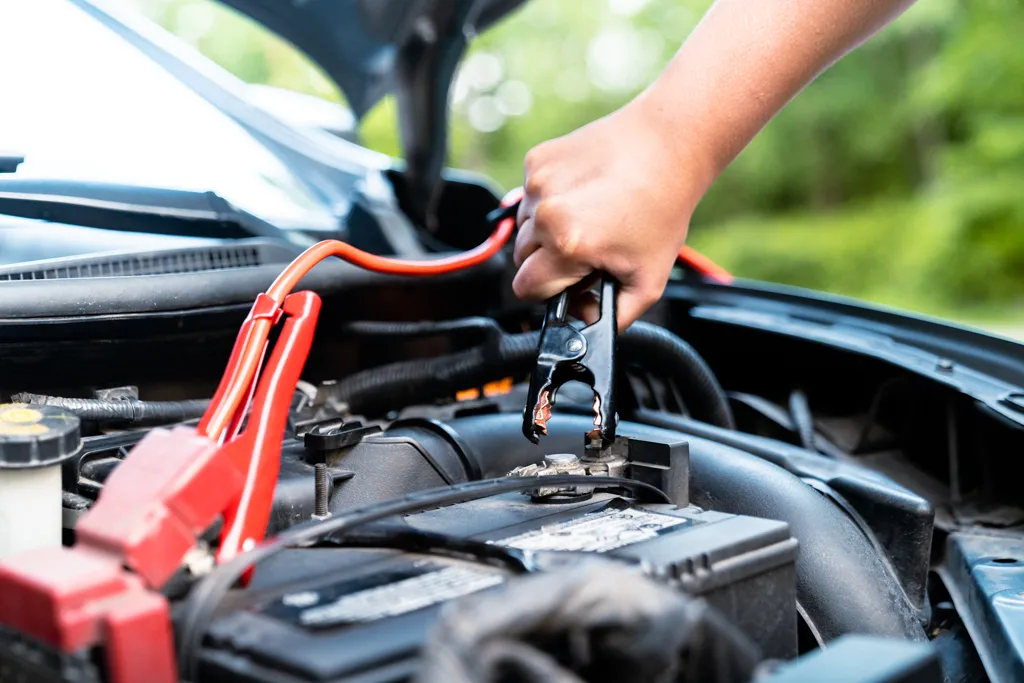
Have you ever walked back to your car only to find you left the lights on, and now your car battery is dead? It’s an easy mistake to make and, luckily, one that you can fix if you’ve got either of these tools.
A jump-start power pack is basically a set of cables that come with a battery pack, so you can jump-start your own car without needing someone else. These are surprisingly cheap at around $60-120, but if you can only get your hands on jumper cables, then that’s fine too.
It’s also nice to be able to help someone else when their car’s battery dies.
3. Tow strap
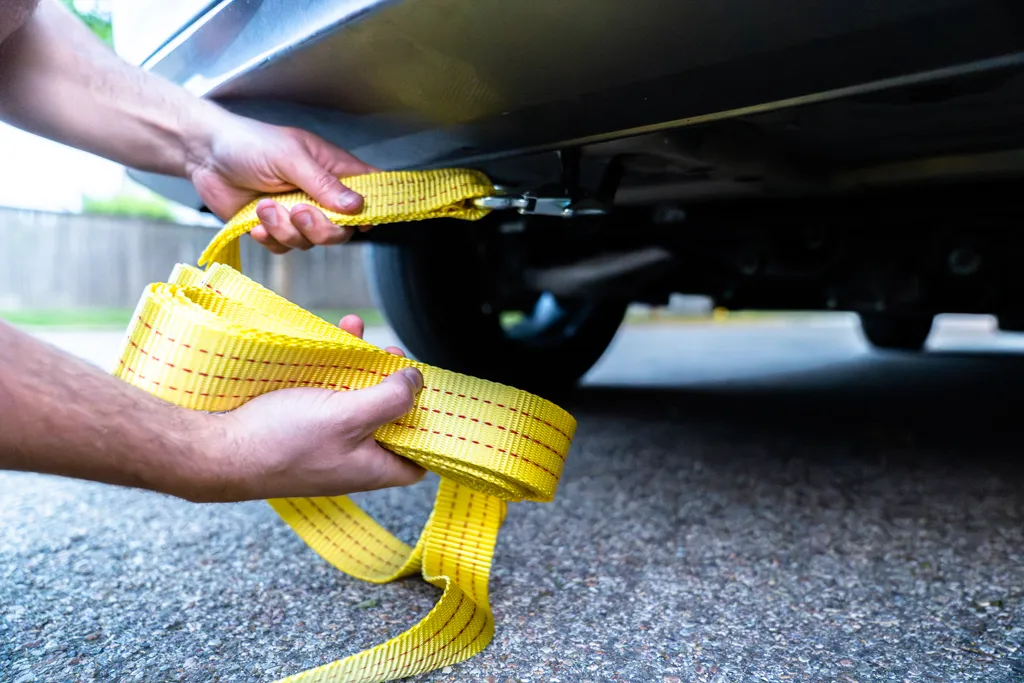
If your car has broken down and you need to get it to a mechanic, you don’t have a lot of options. You can abandon the car and walk to the nearest gas station, or you can push it (great for the quads/glutes).
But if you’ve come prepared with some tow straps, it’s possible you can choose this third option: flag down a good samaritan who will tow you to the nearest garage. These heavy-duty straps will more than pull their weight in an emergency.
4. Hazard triangle

You might not have heard of this one, but you’ve probably seen it around road construction crews before. A hazard triangle is a piece of reflective fabric that lights up when a car’s headlights shine on it.
It might not seem like it’s that important, but if you’ve ever had to change a tire on the side of the road in the dark, you know that it makes a big difference. Place the triangle a good 15 to 20 feet away from your vehicle so that cars have time to see It and react if necessary.
Medical issues
Not only do we need things to take care of our vehicle, but we also need to be able to address some minor but common medical situations. In the case of a major medical emergency such as a car crash, a serious wound, broken bone, etc., it’s always best to pull over and call 911 or seek professional help. But for some minor issues, or if you will have to wait a long time for emergency medical services to arrive, then it’s good to have these things.
5. First aid kit
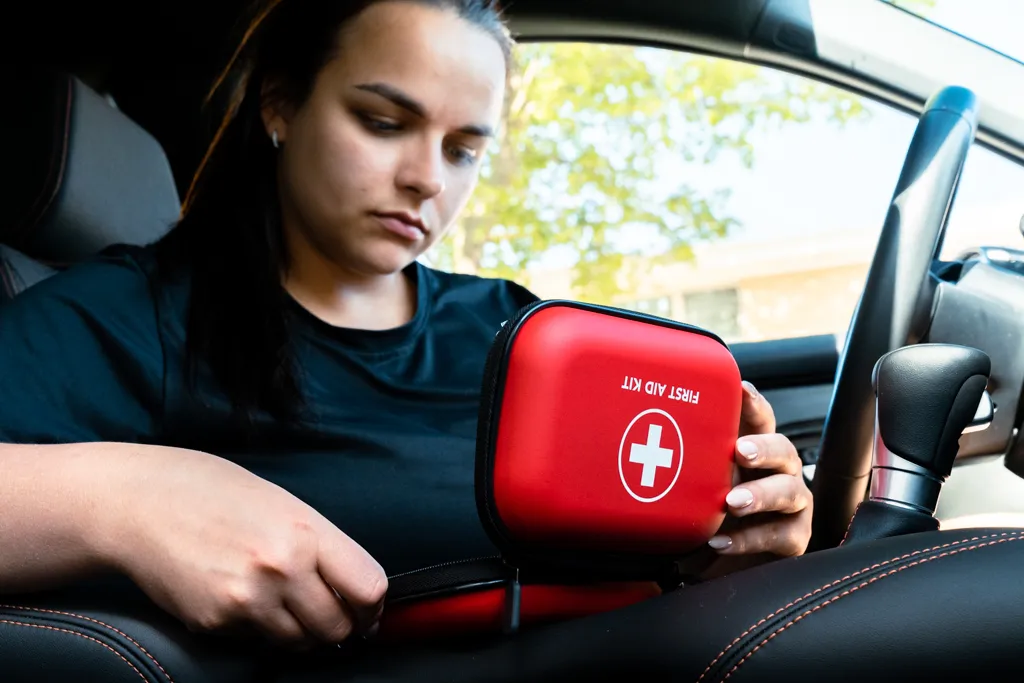
You can buy a basic first aid kit online for less than $20, which will last you a while. They come in various shapes and sizes, but even the most basic ones will have everything you need to treat cuts, scrapes, bee stings, burns, etc. I keep one in my car, and over the years, I’ve added a few things, such as more Advil, hand sanitizer, and larger band-aids.
If you’re someone with extreme allergies who carries an Epi-pen, then you should definitely include a spare Epi-pen with your first aid kit. Most are small enough to stash in the glove box.
6. Food and water
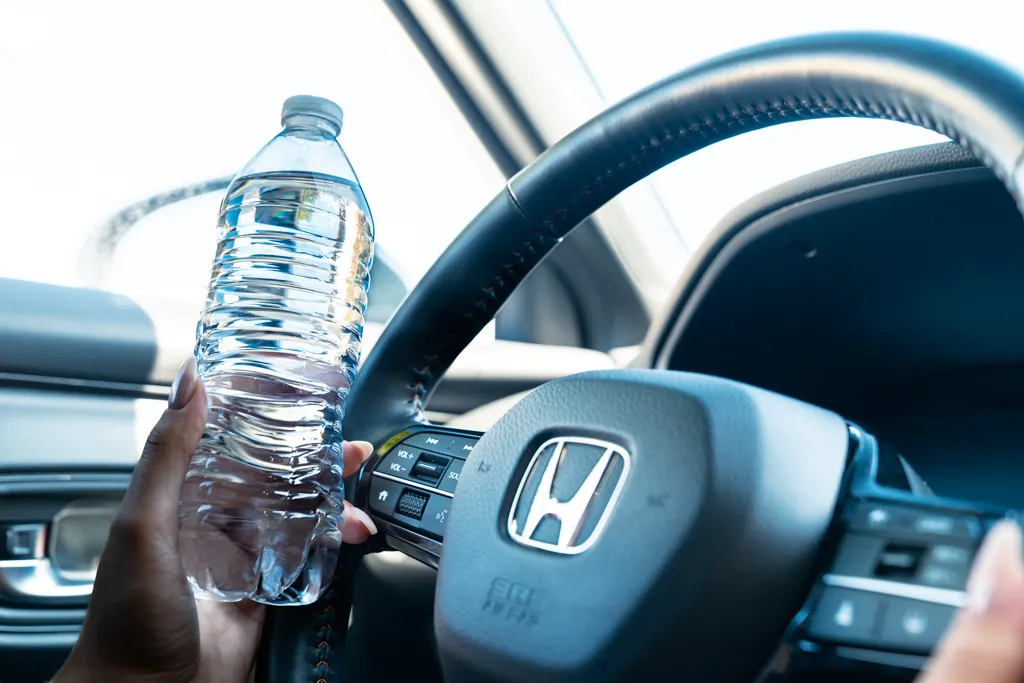
Imagine you’re driving cross-country through the desert. Suddenly your engine overheats, and your car rolls to a stop. You’re in the middle of nowhere, with no idea when someone else might pass by, and cell service is spotty at best.
This is a situation where you’ll be glad to have that extra water bottle and some power bars stashed away in your trunk. If you’re stranded in a remote area, it’s best to stay near your vehicle as it’s easier for someone to spot and it offers protection from the elements.
Fun fact: Some survivalists suggest packing a can of dog food as an emergency food ration (gross!) because you’re not likely to eat a can of dog food at the first pangs of hunger.
Miscellaneous tools
Here are some other things which might just help you out of a jam or make your life a little easier.
6. Umbrella or rain gear
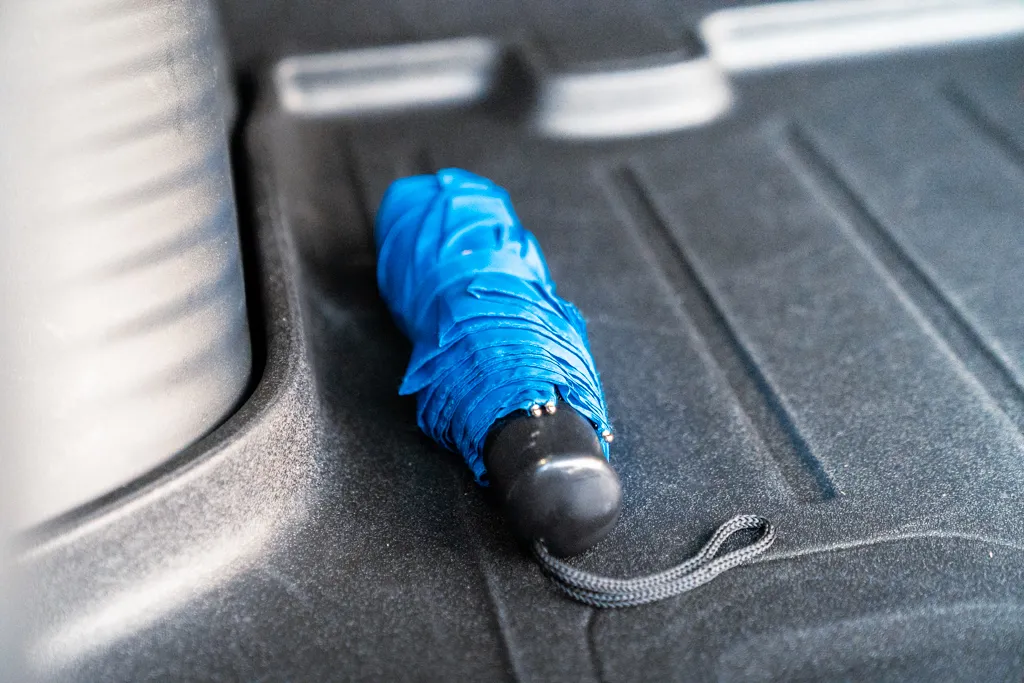
Something waterproof is a great item to keep in your car. Whether you have to change a tire, get something out of the trunk, or even when “nature calls,” staying dry can make a big difference. Most umbrellas don’t take up too much space, and many can fit in your glove compartment.
7. LED Flashlight
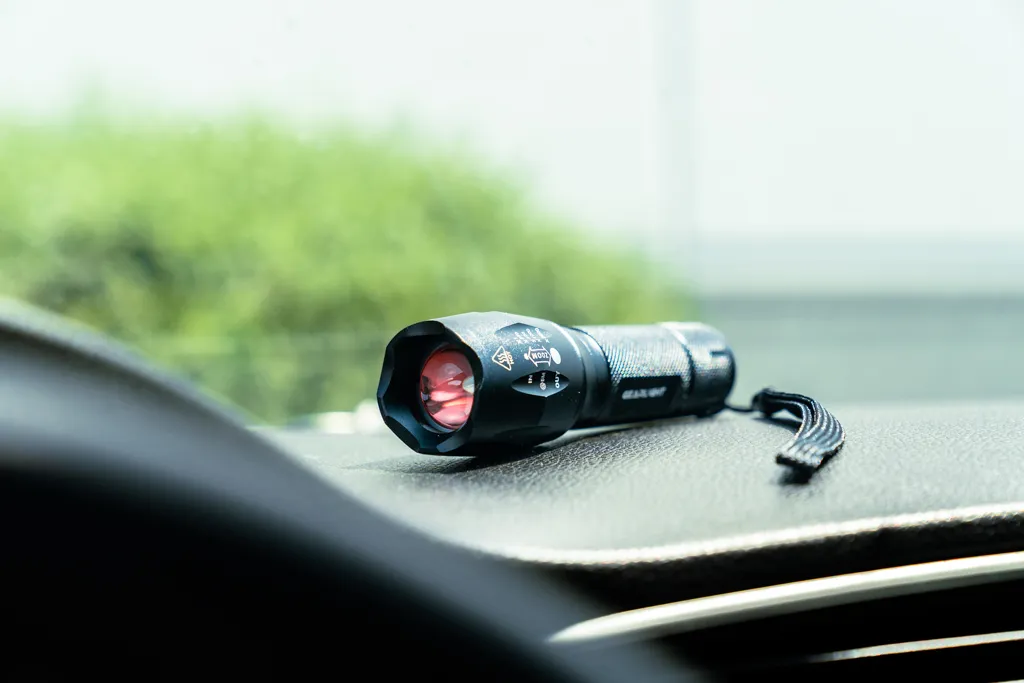
This is one item that I suspect many cars already have. Nowadays, most phones come with a flashlight, but in an emergency, you might want to conserve your phone battery as much as possible. This is another item that you can stash in the glove compartment and safely forget about it.
A good alternative would be a headlamp. It allows you to use both hands while still giving you the light you need. I wouldn’t want to try removing some lug nuts with one hand.
8. Phone charger
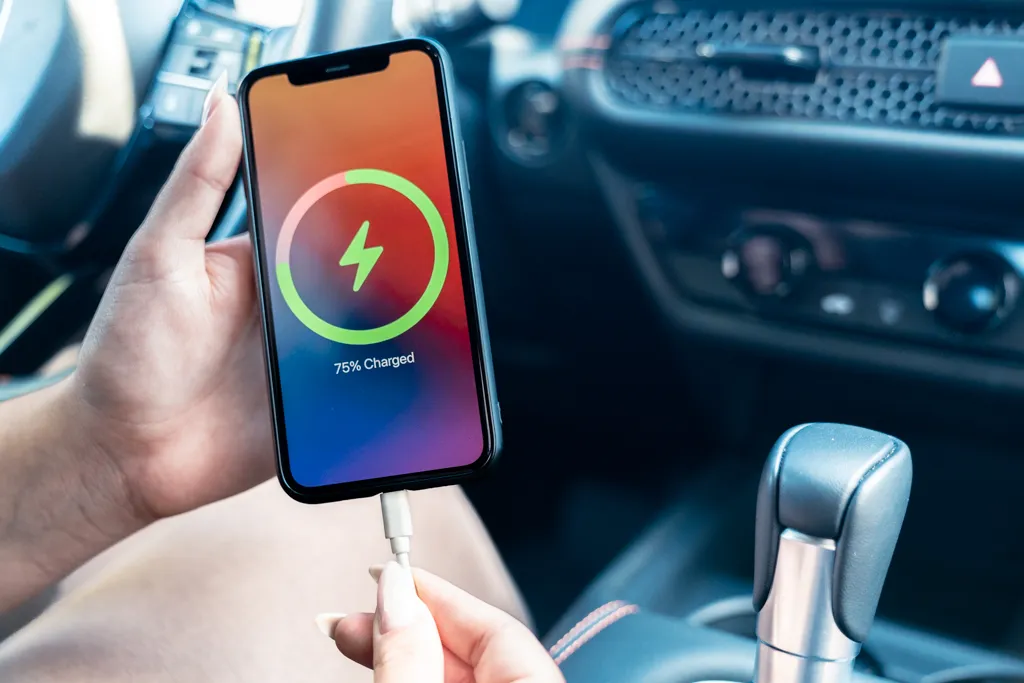
Let’s face it, in our modern world, a phone charger is a must-have item in your car. A working smartphone is probably one of the most important pieces in an emergency kit, and it’s also just convenient. You can use your phone to call for help, your phone’s GPS can help you navigate, the flashlight can help you see, and even the games or music on your phone might help you stay calm in an emergency situation.
Having a phone charger, or at the very least a fully charged power bank, will make sure this vital piece of equipment stays charged so that you can access its many functions. Plus, you never know when your friend might need a quick charge.
9. Fire extinguisher
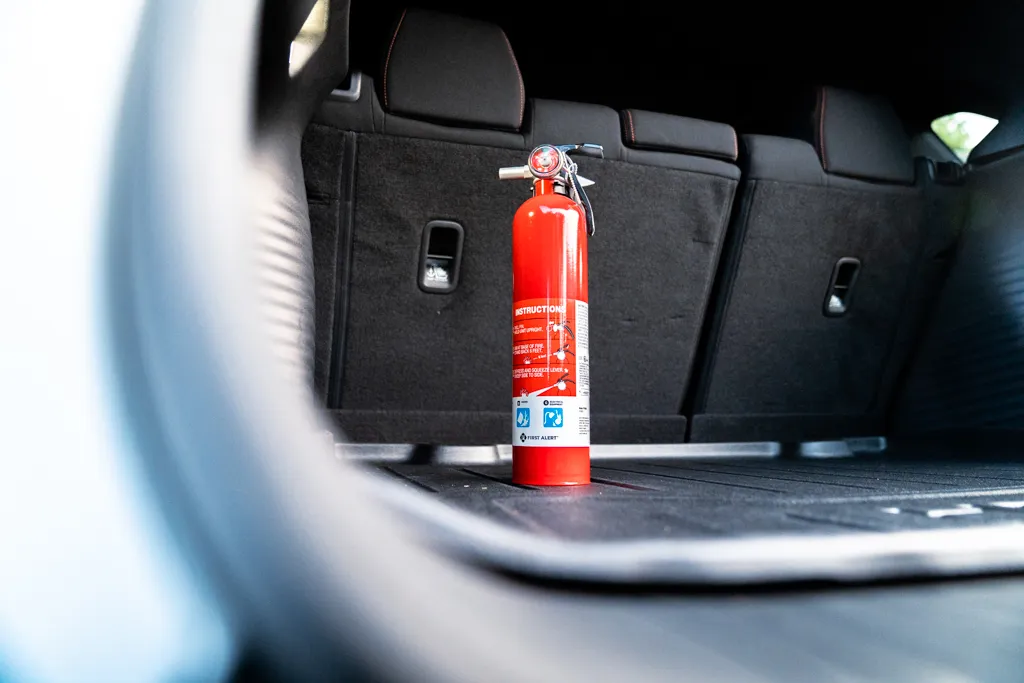
Engines overheat; it’s a fact of life. Having a fire extinguisher nearby when your car goes up in flames could save your life and/or your car.
10. Blankets, extra clothes
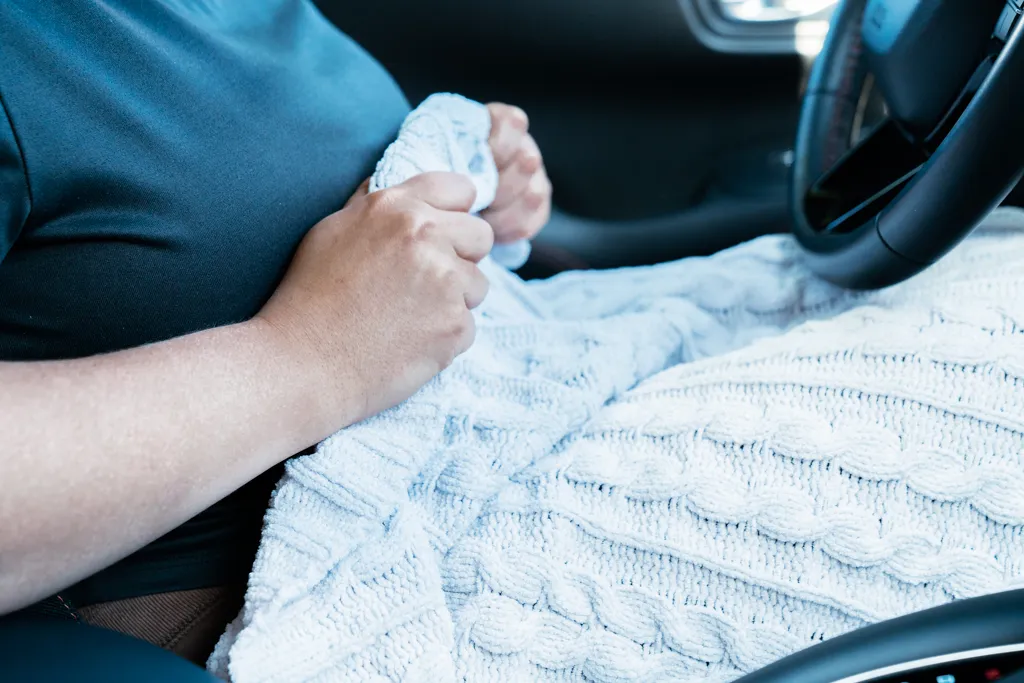
In a situation where you have to sleep in your car, you’ll be glad that you brought along a warm blanket or extra clothes. They also come in handy as pillows, beach blankets, etc.
I started bringing an extra change of clothes in my car when I ripped my pants at work a few years back. It doesn’t always have to be something you need in case of emergency, sometimes, it’s just nice to have.
Honorable mentions
We could go on for days about what you should have in your car to cover every possible scenario, but you would probably run out of space and go broke in the process. We feel pretty confident the 10 items listed above will cover most of your basic needs. However, check out these last few items, which didn’t quite make the list but are helpful regardless.
- Windshield washer fluid: It seems like this stuff always runs out when you need it most. Keep your windshield and visibility clear by ensuring your car is fully stocked with some backup fluid.
- Gloves: A set of work gloves can help keep your hands safe while changing a tire or poking around under the hood.
- Air compressor: An air compressor can pump up your tires in an emergency. Maybe you put the spare on but found that the spare is severely underinflated, or maybe you can inflate that slow-leaking tire long enough to get to an auto repair shop.
- Duct tape: They say anything is possible with a little faith and a lot of duct tape.
- Wet wipes are nice to have after handling greasy car parts or when your child spills salsa in the back seat.
- Ice scraper: If you live in a colder climate, then you know how your car windows can frost up even on nights without snow or precipitation. Keeping a dedicated ice scraper in the trunk will be handy all winter.
- Tire pressure gauge: A tire pressure gauge is very useful if you want to keep a close eye on your tires and get the most out of them. Use it to check your tire pressure once a month or so.


